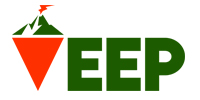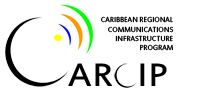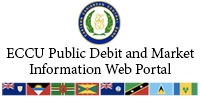By now, businesses in St.Vincent and the Grenadines should be putting all the necessary procedures in place, for the full implementation of VAT in January 2007. We mentioned that, Value Added Tax is not an additional tax, but rather a replacement tax, for a number of existing taxes. It was also noted that the consumers in St.Vincent and the Grenadines would ultimately pay VAT when they buy goods and services. Therefore, it is important that businesses understand and recognize that VAT is a consumption tax paid by the consumers, and must not be seen as a tax on their business profits.
Against this background, all registered businesses have a responsibility to charge and collect VAT from their consumers, when goods and services are provided to them. This therefore means that, for example, service providers such as lawyers, contractors, accountants, telecommunication providers etc, all have a responsibility to charge and collect VAT from their clients or customers. Moreover, any VAT that is incurred in providing these goods or services will be reclaimed by the registered business. Businesses that are going to be registered need to know whether or not their accounting systems and cash registers are capable of capturing VAT.
Registered supermarkets, wholesalers, manufacturers, and retailers also have a responsibility to charge and collect VAT on all taxable goods and services as well. These businesses must begin to take account of their existing stock levels before January 2007. They must also have a clear idea as to who are their customers and suppliers. This is very important because registered businesses will have to issue and receive invoices whenever a taxable transaction occurs.
Upon the introduction of the Value Added Tax, businesses that conduct transactions with other registered businesses will have to issue VAT-specified invoices when a sale occurs. If a registered business sells goods or services to an unregistered person such as the final consumer, then the business is obligated to issue a sales receipt clearly showing the VAT charge. In addition, businesses will no longer have to face the burden of buying stamps to put on their cash receipts.
VAT registered businesses also have a responsibility to display their VAT registration certificate in a prominent place so that it can be easily seen by the consumers. Product prices must be displayed VAT inclusive. In other words, if an item is displayed on the shelf for $11.50, it means that the consumer should not be allowed to pay more than $11.50 to the cashier. However, when the consumer receives his receipt, it should clearly state the cost of the item as being $10.00 and the VAT as $1.50, totaling the $11.50, which is the displayed price of the item on the shelf.
Businesses need to find out from their accountants and bookkeepers whether or not they would meet the required threshold for registration of $120,000 per year; and if so, measures need to be put in place immediately to account for VAT come January 2007. Failure to do this would result in businesses that ought to be registered being held responsible for the uncollected VAT.




